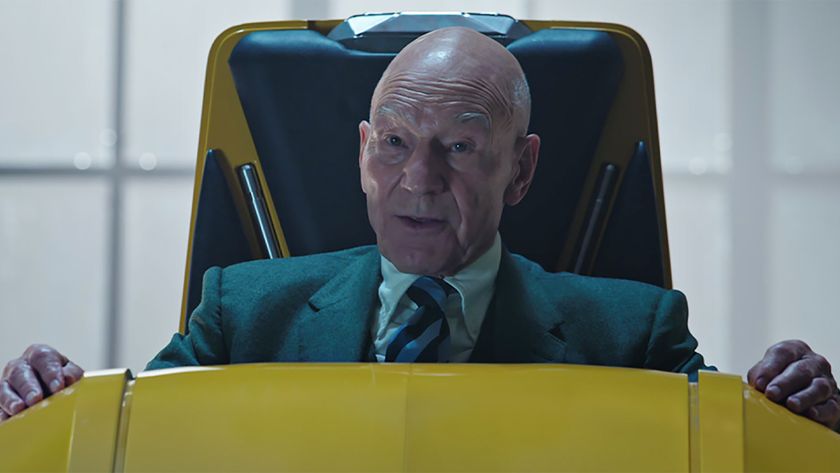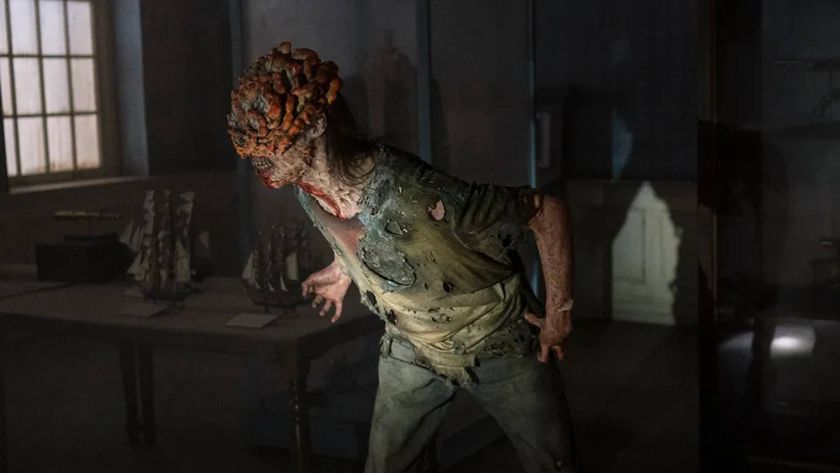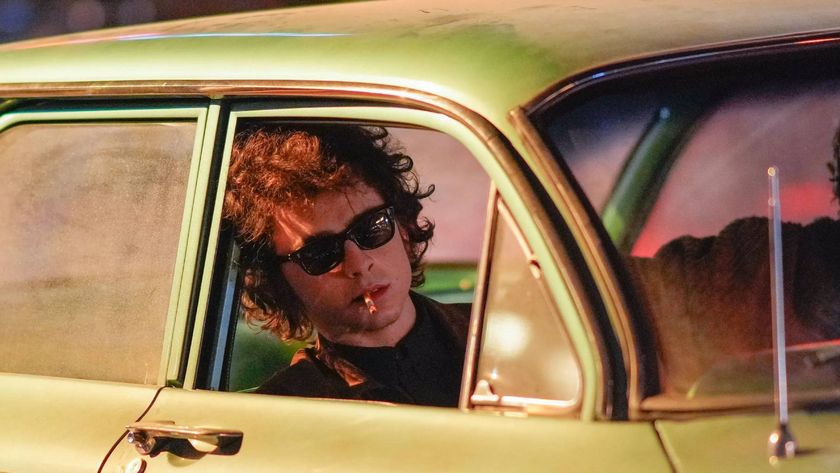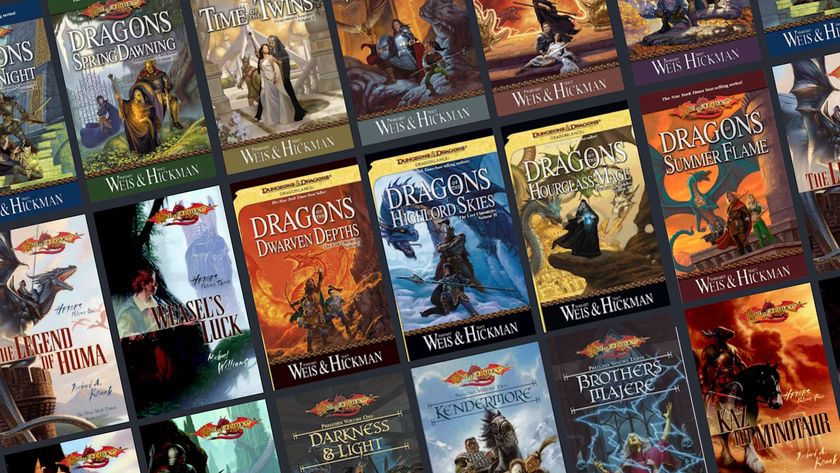The Last of Us episode 1: The biggest changes between the HBO show and the PlayStation game
From Joel and Tess's relationship to how the virus spreads, we delve into the differences between the Naughty Dog hit and the small screen adaptation
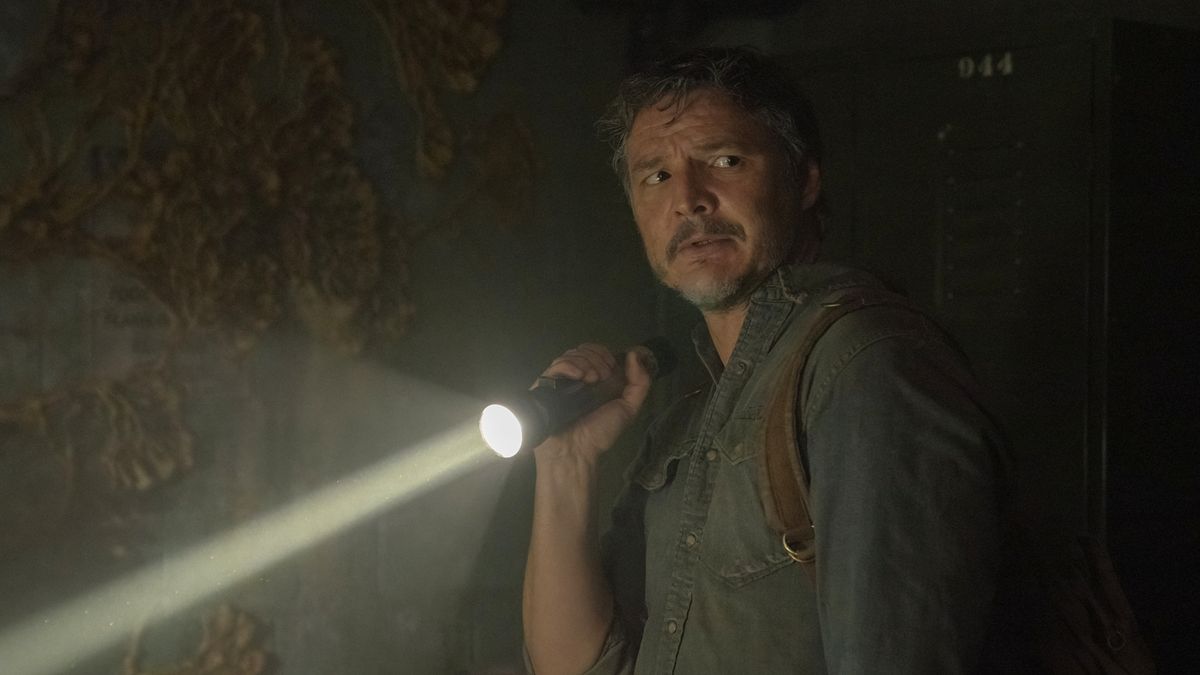
Many of the first reviews for HBO's The Last of Us have praised the adaptation for not being afraid to deviate from the beloved PlayStation game it's based on – but just how different is it? If the opener is anything to go by, not very, though that doesn't mean showrunners Craig Mazin and Neil Druckmann haven't shaken things up a bit.
For starters, they've altered how the world-devastating Cordyceps virus is spread, introduced new characters, and fleshed out the role of Joel Miller's daughter Sarah before that moment hits in the prologue, too. Below, we delve into all that and more as we highlight the big changes between the series' first installment and the source material.
Unsurprisingly, this article contains spoilers for The Last of Us episode 1, so proceed with caution if you've yet to watch the season premiere and don't want to know exactly what happens. All up to date? Well, let's get into it...
- The Last of Us season 2 will tell "a different version" of the story, but Neil Druckmann loves the changes they've made: "Its DNA is in there"
- The Last of Us season 2 showrunners changed the way they introduce Abby so fans don’t get "spoiled in between seasons": "It felt appropriate to give viewers that context right off the bat"
The Cordyceps brain infection isn't spread through airborne spores
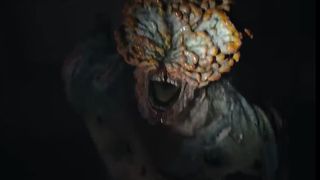
In the Naughty Dog game, the Cordyceps virus behind the outbreak can be spread through bites from the infected – after all, a huge part of the storyline is that Ellie was nipped and never turned, which suggests she's immune. It can also be passed from person to person through airborne spores, which leads to a bunch of characters wearing gas masks during some scenes.
In the show, spores aren't a thing, and those who have become hosts to the fungal infection use small, plant-like vines from their mouths to contaminate others instead. From interviews, it seems as if the switch came about because the writers wanted to emphasis the idea of something consciously attaching itself to something else...
"We decided, early on, that we didn’t wanna [use spores in] the show. Eventually, those conversations led us to these tendrils," co-showrunner Neil Druckmann previously told Collider. "And then, just thinking about how there's a passage that happens from one infected to another, and like fungus does, it could become a network that is interconnected. It became very scary to think that they’re all working against us in this unified way, which was a concept that I really liked.”
Joel's daughter Sarah gets way more scenes
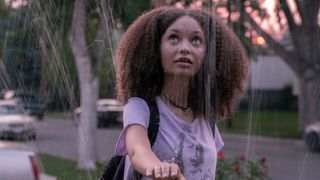
In The Last of Us game, players control Joel's daughter Sarah for a brief section in the prologue. While the HBO series broadly follows the same beats for her story and fate, it expands upon the character (played by Nico Parker) in multiple scenes.
Sign up for the Total Film Newsletter
Bringing all the latest movie news, features, and reviews to your inbox
In addition to her time at home for Joel's birthday – including giving her father the fixed wristwatch, just like in the game – we see Sarah at school, out getting Joel's watch fixed, and studying in between baking at her neighbors' house. Sadly for Sarah, however, her story ends the same as it does in the game: dying in her father's arms.
The show is predominantly set in 2023, while the games largely took place in 2033
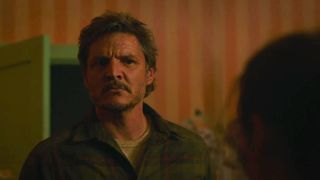
In the game, which was released in 2013, the majority of the storyline takes place in 2033, 20 years after the Cordyceps brain infection outbreak. It's quite interesting, then, that the show doesn't set its heartbreaking prologue in the present day (aka when it came out), like the source material did, it has the outbreak happen retrospectively in 2003. Then, the main events – Joel escorting Ellie west – play out across 2023.
The shift doesn't really mean all that much in regards to the show itself; due to the apocalypse stunting societal advancements, 2033 hardly looked futuristic. The only thing that does seem to have been affected is Joel's age, though the math doesn't really add up... In the game, Joel is 32 in the opening and 52 when he meets Ellie. Pedro Pascal's Joel in the show is 36 and 56, respectively.
Tess and Joel's relationship is less ambiguous
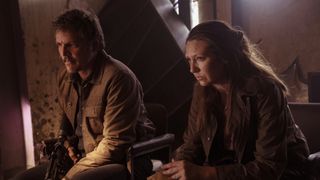
In the games, Tess Servopoulos is Joel's smuggling partner and together, the pair sneak in-demand goods into their Boston-based quarantine zone. Her on-screen counterpart (played by Mindhunter's Anna Torv) does the same, though she seems to be romantically involved with Pedro Pascal's Joel – a character beat the games were never explicit about.
To be fair, the show isn't super obvious about it; there's far too much going on in the duo's lives to waste time smooching and gazing lovingly into each other's eyes. But, one moment sees a beaten-up Tess climb into bed with a snoozing Joel and curl up behind him as she wraps an arm around his waist. Seems like this Tess is Joel's smuggling partner and snuggling partner, eh?
Tommy's involvement
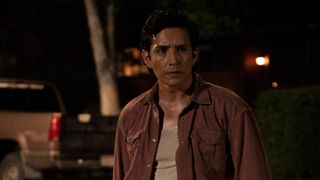
Tommy, played by Gabriel Luna in the TV show, has a handful of subtle, but significant, changes.
In the prologue, he is seen visiting Sarah and Joel, something that doesn't happen (on-screen) in the game. He is also jailed for a bar fight with what can be assumed to be someone affected by the cordyceps outbreak and Joel has to go and bail him out. Again, this never took place in the games.
20 years later, Tommy is seemingly still in contact with his brother – but has gone radio silent. This leads Joel to make plans to head out and find him, which is partially why Joel agrees to take Ellie to the Fireflies. This plays out much differently in the games, where Joel and Tommy haven't connected in years and they only happen upon each other in the middle of Joel and Ellie's journey to the Fireflies in Salt Lake City.
"80s means trouble"
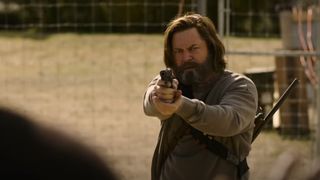
Tommy isn't the only person to keep in touch with Joel. As revealed by the premiere, Bill and Frank radio in Joel to keep informed of the latest news. They do this via coded message – with certain songs constituting certain coded messages.
1960s means "nothing in", 1970s is "new stock" and 1980s means "trouble." The premiere's closing credits song, Depeche Mode's 'Never Let Me Down Again' is from the '80s and hints that something has gone wrong with Bill (or Frank) outside the QZ.
In the games, Joel only meets Bill – an old friend, not a current acquaintance – in Jackson when he's in desperate need of a working car. Frank, by that point, has died by suicide.
Episode 1 introduces a bunch of new, original characters
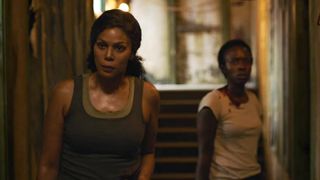
The Last of Us episode 1 sets up plenty of major players those who have played the games will recognize. There's Ellie and Joel, of course, but also Sarah, Tess, Tommy, and Fireflies commander Marlene (played by original voice actor Merle Dandridge). Due to it's 85-minute runtime, however, it also makes space to introduce a few new characters, like Kim (Natasha Mumba), Marlene's right-hand woman, a radio communications guy in the Boston QZ (Jerry Wasserman) and Lee (Max Montesi), a slimy FEDRA guard who indulges in the odd dodgy deal with Joel.
In the games, Sarah and Joel's neighbor in Austin, Texas is a man called Jimmy Cooper. In the show, their neighbors are Connie (Marcia Bennett) and Danny Adler (Brad Leland), who succumb to the virus when Connie's mother Nana (Wendy Gorling) bites them both of them during Day One. Prior to that, we saw Sarah and Joel share a short conversation with Danny that morning and later, Sarah spent a quiet afternoon at the Adlers with cookie enthusiast Connie.
The cold open, set in 1968, also features two unnamed epidemiologists (played by The Mummy's John Hannah and Peacemaker's Christopher Heyerdahl) being interviewed on TV by a host (Silicon Valley's Josh Brener).
The Last of Us continues on Sunday, January 22 on HBO and HBO Max in the US. Episode 2 will be shown on Sky and NOW the following day. To ensure you never miss an episode, keep an eye on our The Last of Us release schedule as the first season rolls out.
I am an Entertainment Writer here at 12DOVE, covering all things TV and film across our Total Film and SFX sections. Elsewhere, my words have been published by the likes of Digital Spy, SciFiNow, PinkNews, FANDOM, Radio Times, and Total Film magazine.
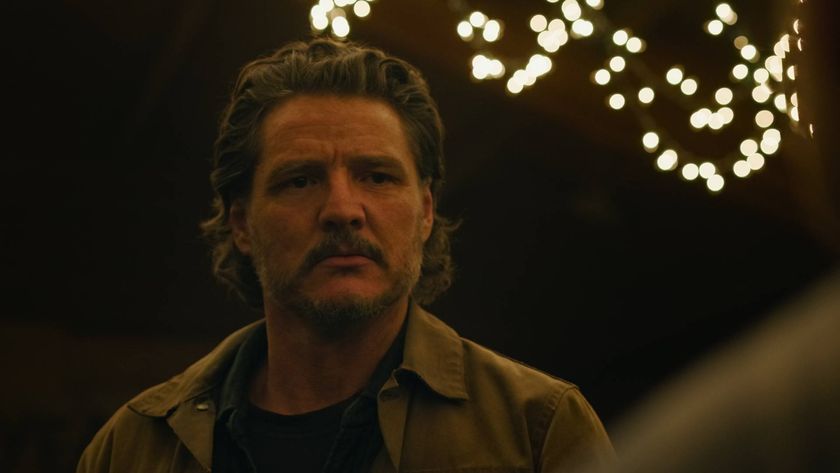
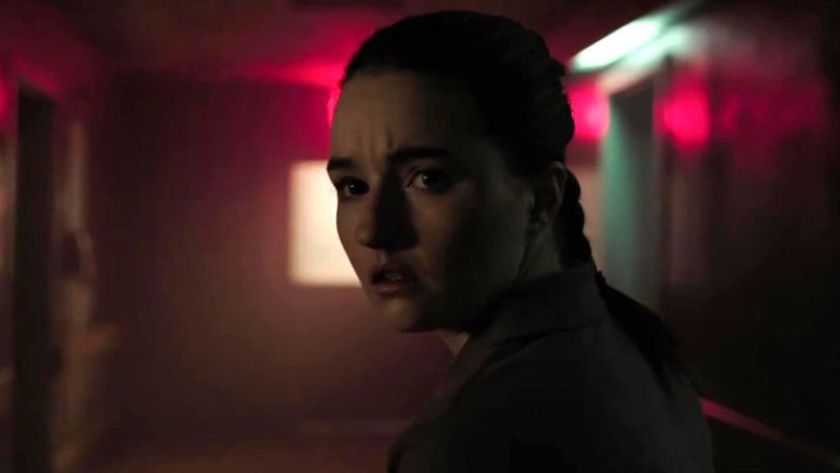

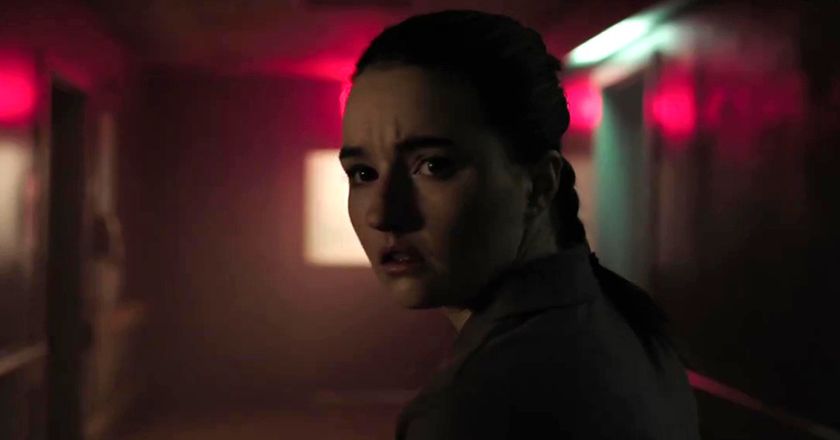

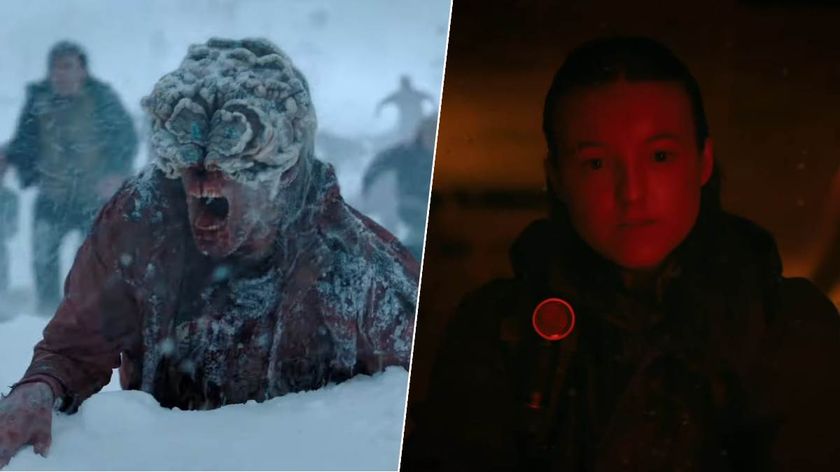
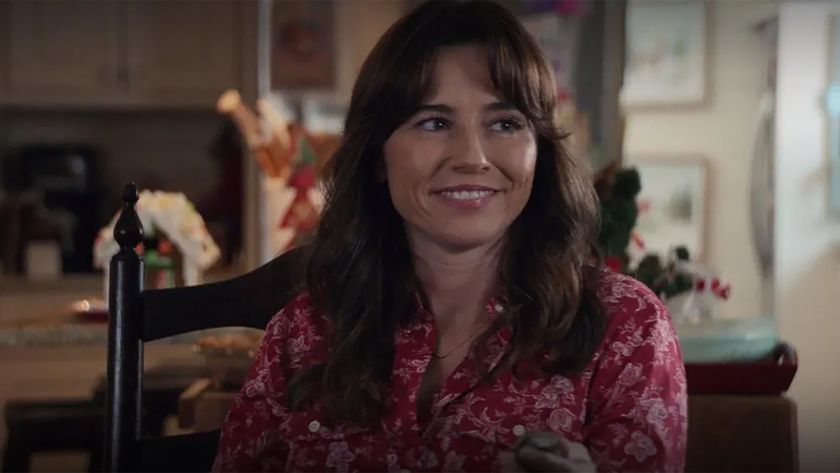
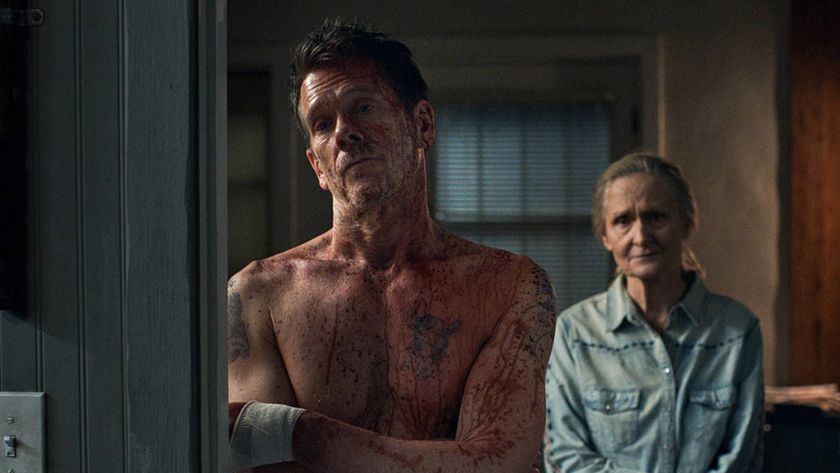
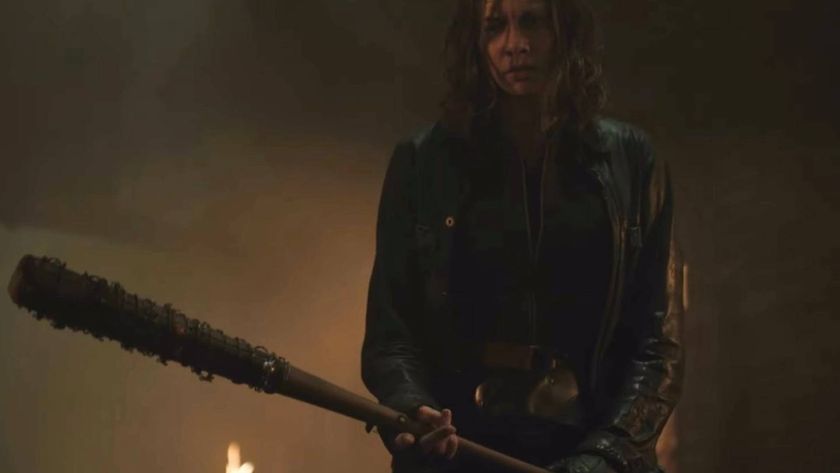
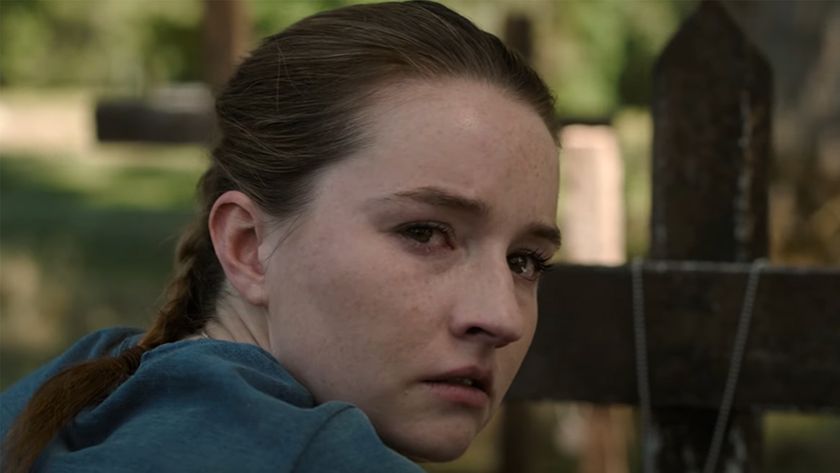

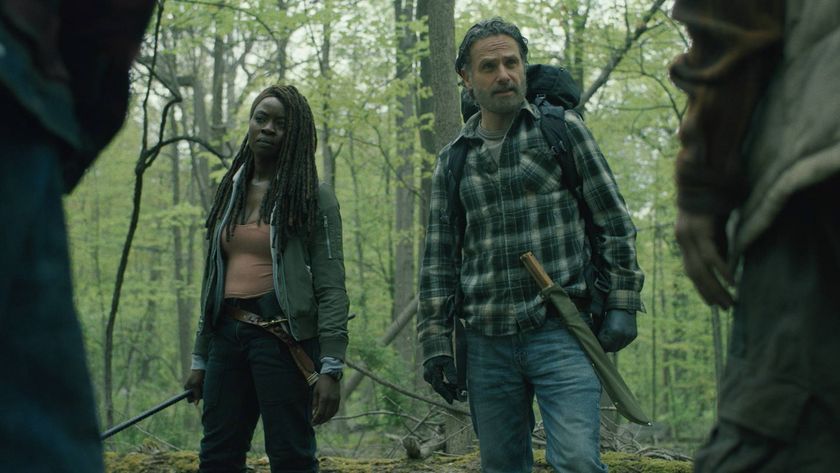
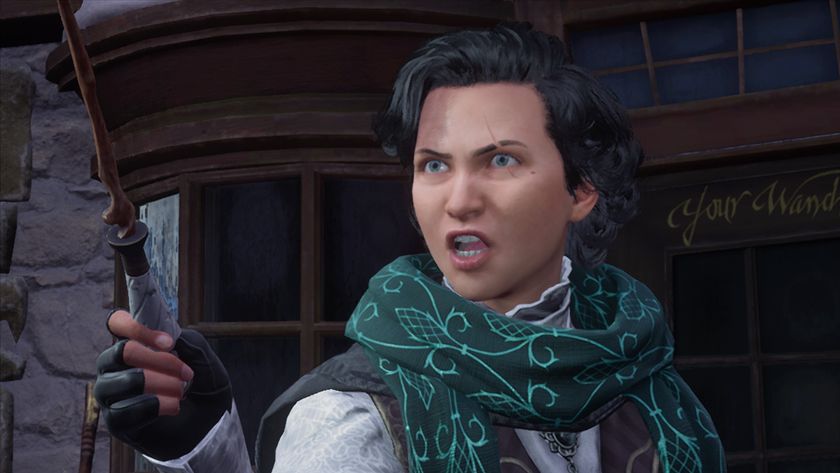
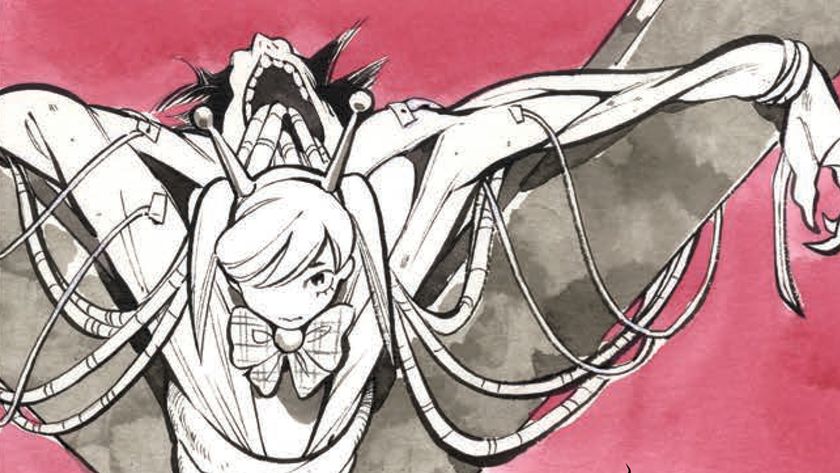
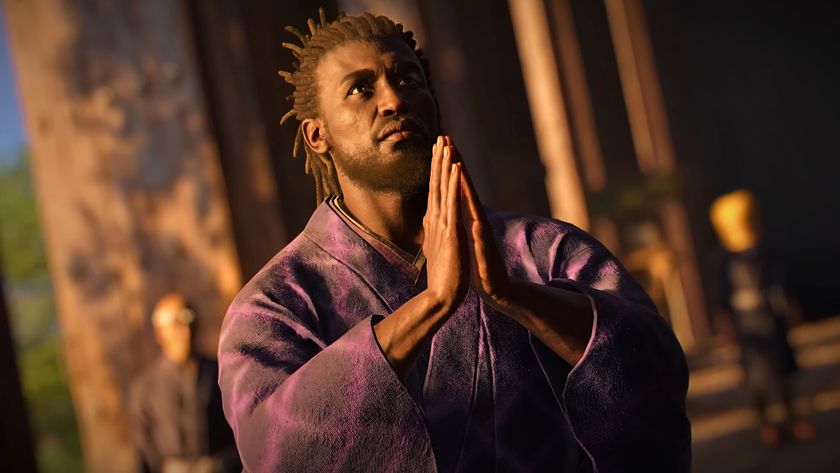

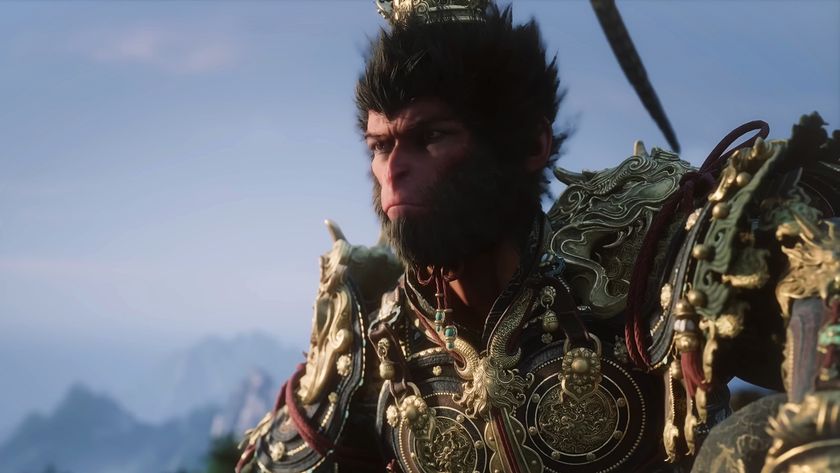
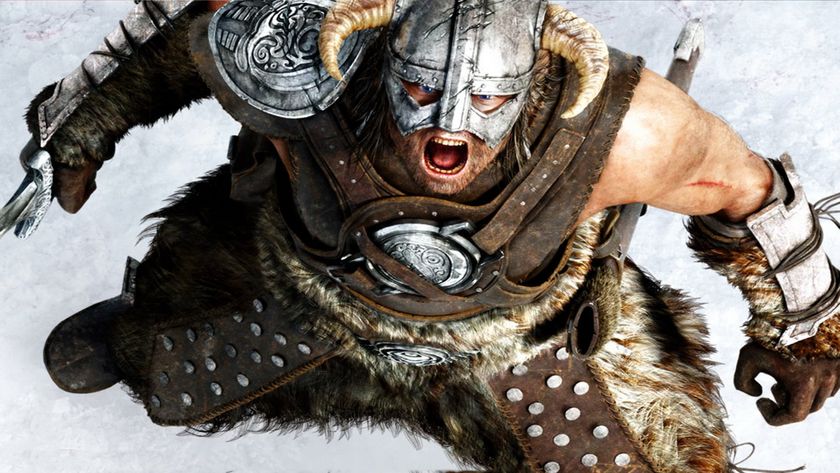

Hollywood legend Kevin Bacon pitched his new "what the f***" demon hunter TV series to Amazon himself – which already has plans for season 2: "What’s that quote? 'Everybody loves bacon'"

Linda Cardellini cast as Jason's mom, the original Friday the 13th killer, for Crystal Lake prequel series

